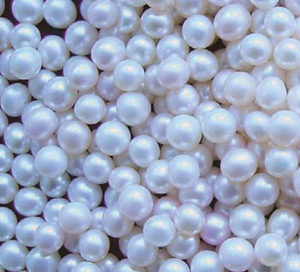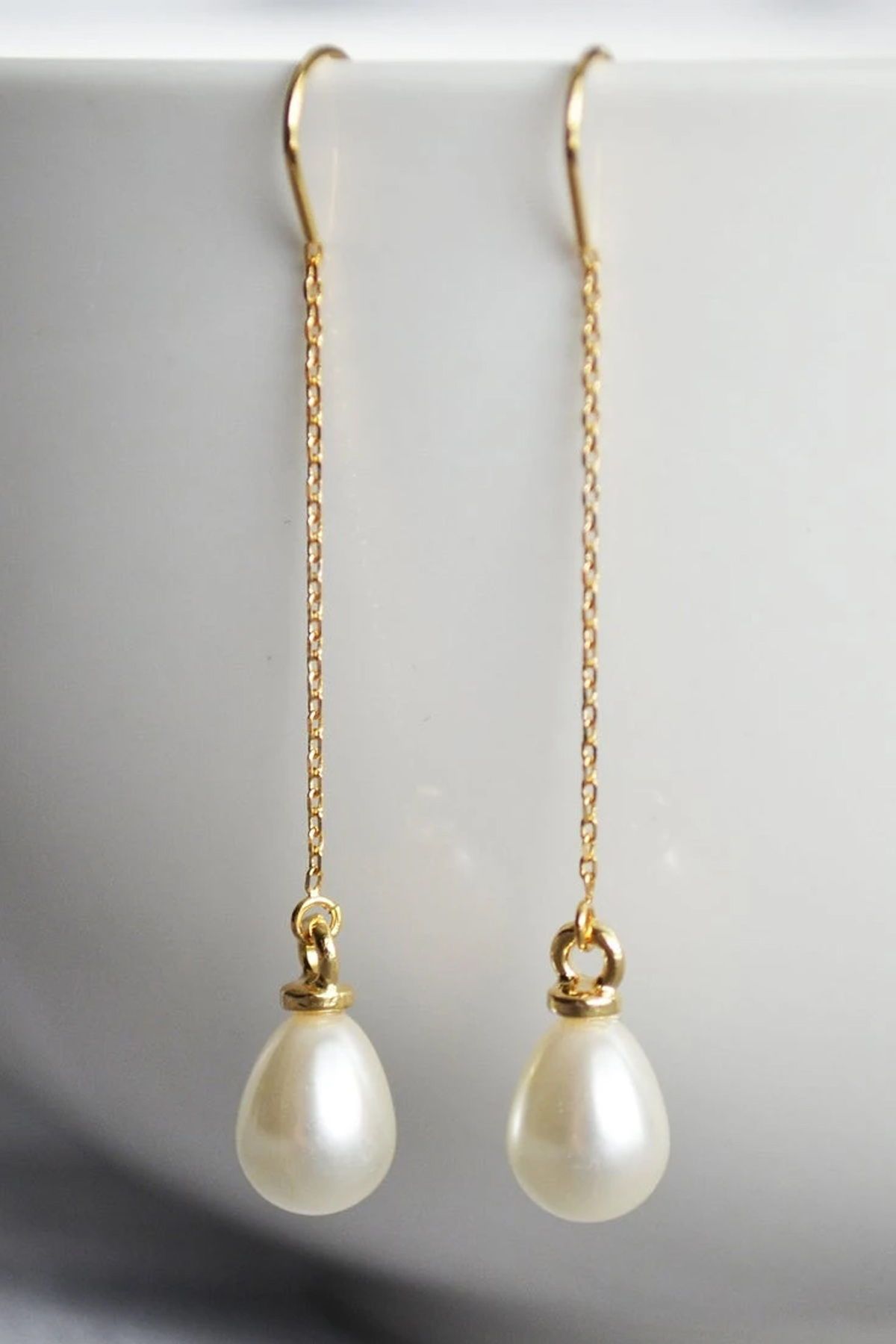
The history of pearl originates in Asia. Countries like India, China and Indonesia etc. are the countries where the use of pearl started much eatrlier than other nations. Among those countries India and China are the two countries where the pearl hunting started as early as 206 BC during the periods of Han Dynasty in China. Indian pearl hunting was much older even than the Chinese one. With the expansion of the Aryan kingdom nearly around 1000 BC ago, the use of pearl was there in India. Even Alexander invaded India in 326 BC only to acquire those precious gold and pearl items present with the Indian kings at that time. Even today from Indian Gulf of Mannar to Seram pearl farm in Indonesia, Asia has a large base of both natural as well as cultured pearls. Like the bases for natural pearl Asia also possesses a large base of cultured pearls. From cultured seawater pearl to cultured freshwater pearl Asia has all to its production bag. The trend of cultured freshwater pearl started from Asia itself. It was started by Japan. Japan cultivated whole freshwater pearl in the Lake Biwa by using the Biwa pearl mussels. The Biwa pearl mussel scientifically known as Hyriopsis schlegeli was so successful in producing freshwater pearl that even today they are known or referred simply as Biwa. Though Japan introduced this trend of cultured freshwater pearl, it does not hold the number one position in producing cultured freshwater pearl anymore. China is the top country in the production of cultured freshwater pearl with a yearly commercial production of 1500 tons. China now uses three different varieties of Hyriopsis to maintain this number one position. These are Hyriopsis Schlegeli, Hyriopsis cumingii and heterosis from different mussels.
The formation of a pearl takes place inside the mussel. A mollusk with hard shell produces the natural pearl naturally when some foreign irritating microscopic element enters into the mantle folds of the mollusk. The mollusk releases some strata of nacre to obstruct the growth of that foreign microscopic particle inside the shell. And a pearl is ultimately formed by these gradual layers of nacre primarily released to block that foreign particle. In case of a cultured freshwater pearl grafting method is used. Here a technician inserts some foreign particle into the mollusk with the smallest possible incision mostly on the upper valve. Then the mollusk reacts naturally to that particle and forms the pearl, the cultured pearl. Mostly a single freshwater mollusk was used to produce 50 peals. And the species used was Cristaria Plicata. But with the lesser number of grafting the quality of each pearl derived was better than a 50 grafting pearl. So, sustaining with this species was getting tougher from the commercial angle. Keeping this in view China shifted to another species of mussel named Hyriopsis Cumingii, which was a grand success in the cultured pearl industry history and led China to its number one position.


